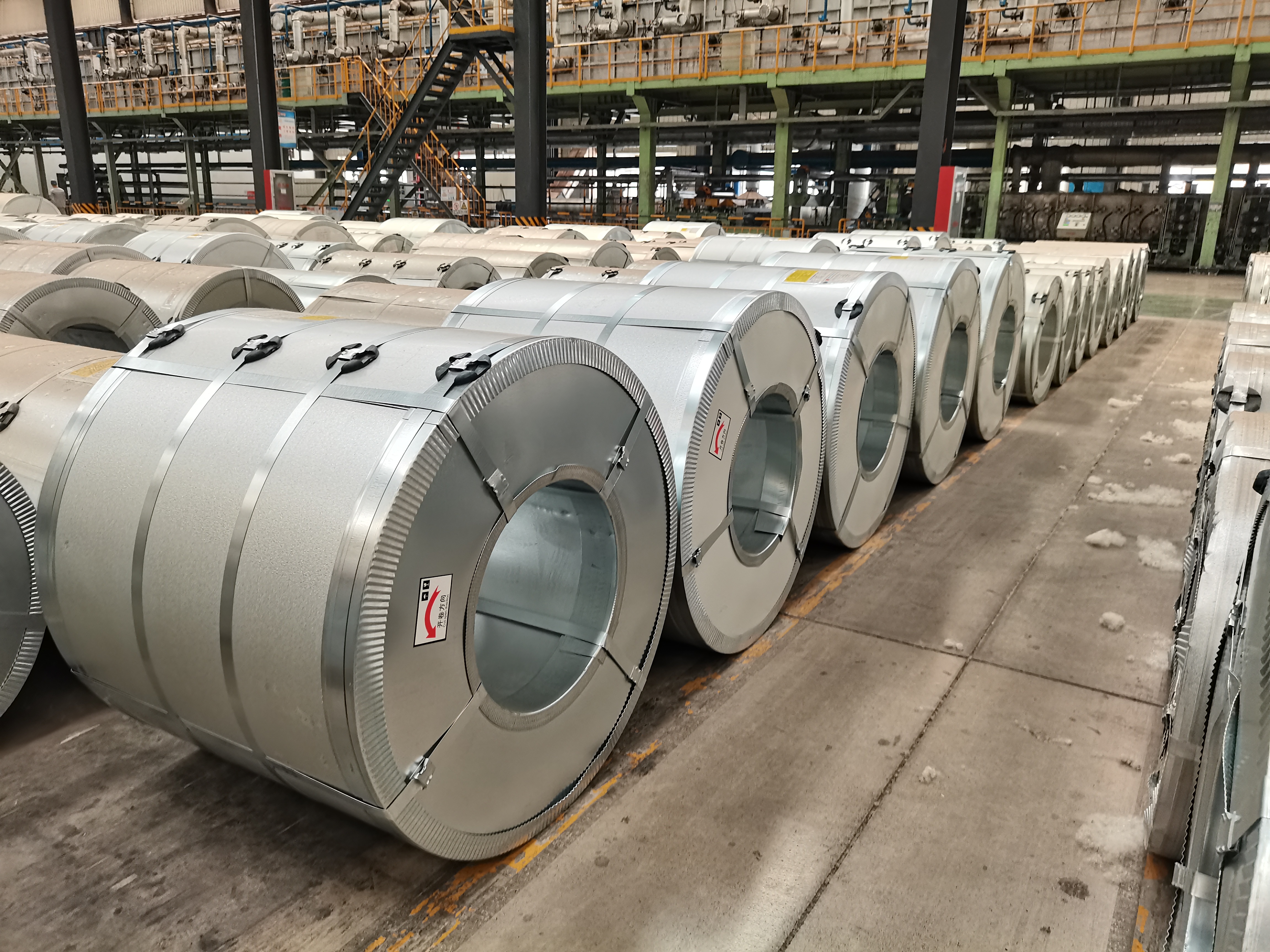What is the trend of steel in the second half of 2023?
The steel industry has always played an important role in the construction of global infrastructure. Steel has been used to build bridges, skyscrapers, and even vehicles. However, the steel industry has experienced some challenges over the past few years, including reduced demand and a trade war that led to increased tariffs on steel.
But what about the trend of steel in the second half of 2023? Experts predict that, affected by various factors, the demand in the global steel market will increase. One of the main drivers is expected to be the recovery of several economies affected by the COVID-19 pandemic. As the economies of various countries recover, demand for steel in the construction, manufacturing and transportation sectors is expected to increase.
Another factor expected to increase steel demand is the development of new infrastructure projects globally. Governments are investing heavily in infrastructure projects such as transportation networks, energy systems and housing development. These projects require large quantities of steel, leading to increased demand for the metal.
As steel demand increases, experts expect steel prices to rise in the second half of 2023, but the price increase is expected to be moderate, mainly due to the current overcapacity in the industry. Overcapacity in the steel industry has led to increased competition, limiting the pricing power of steelmakers.
The steel industry is also going through some major changes in terms of production technology. For many years, steel producers have been using modern technologies such as electric arc furnaces and direct reduced iron processes to produce high-quality steel while minimizing the environmental impact of production.
The shift to greener steel production is expected to continue in the second half of 2023 as governments and consumers become more aware of climate change and carbon emissions. Steel producers adopting cleaner production technologies are expected to gain a competitive advantage in the global steel market.
Another important trend in the steel industry is the use of recycled steel. Recycling steel reduces the environmental impact of steel production and helps conserve natural resources. The use of recycled steel in the production process is expected to continue to increase in the second half of 2023.
In summary, the steel industry is expected to see increased demand in the second half of 2023. The recovery of several economies affected by the COVID-19 pandemic, the development of new infrastructure projects, and the shift to greener production technologies are some of the drivers of the expected growth in demand. While prices are expected to rise, the increase is expected to be modest due to excess capacity in the industry. Steel producers who adopt cleaner production technologies and adopt recycling methods are expected to have a competitive advantage in the global steel market. As a result, the steel industry will see positive trends in the second half of 2023, creating both opportunities and challenges for industry stakeholders and the wider economy.
